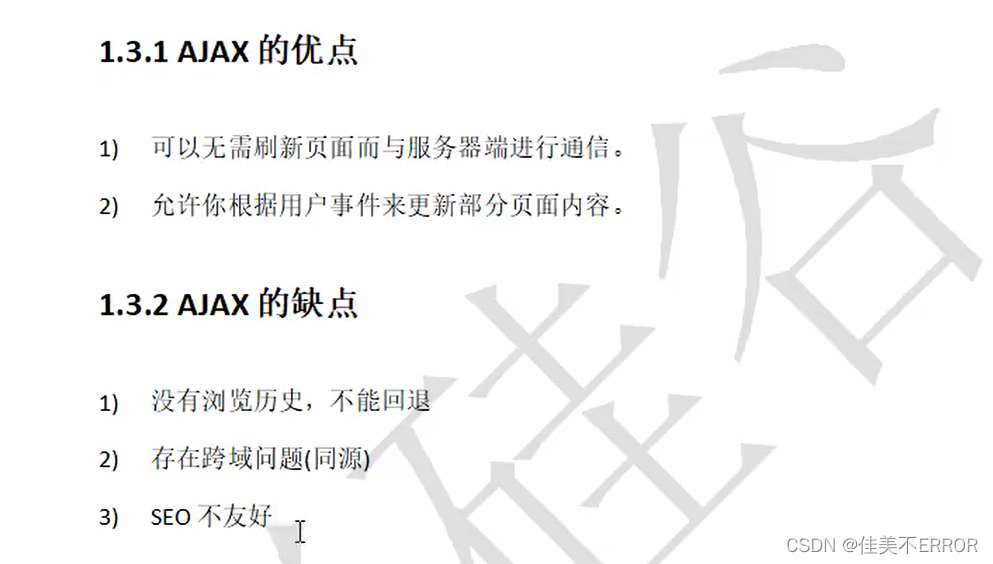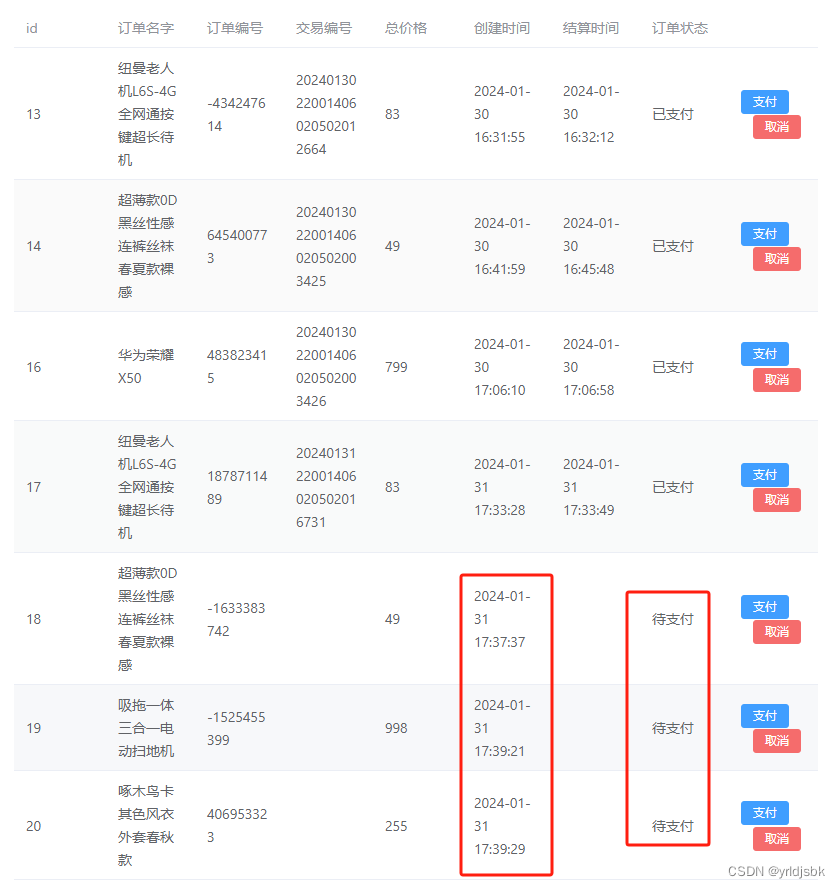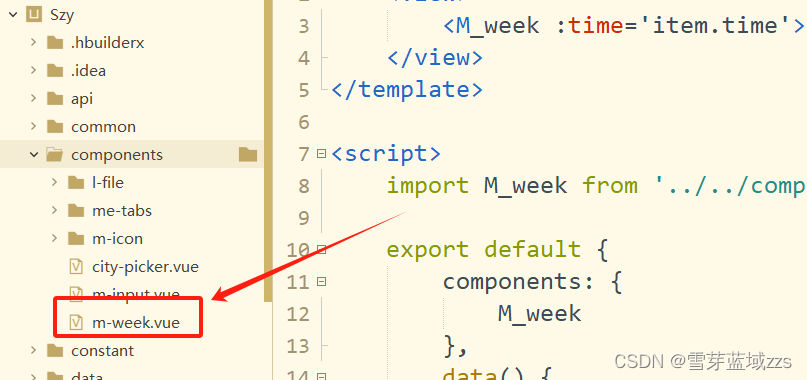本文介绍: axios是通过Promise实现对ajax技术的一种封装,就像jquery对ajax的封装一样,简单来说就是ajax技术实现了局部数据的刷新,axios实现了对ajax的封装,axios有的ajax都有,ajax有的axios不一定有,2、ajax技术实现了局部数据的刷新,而axios实现了对ajax的封装。.对数据进行过滤和操纵相关数据的场景。.普通的文本输入提示和自动完成的场景。.快速的用户与用户间的交流响应。.深层次的树的导航。.表单驱动的交互。
一、Axios 和 Ajax 的区别
二、Axios 和 Ajax 的区别及优缺点
Ajax:
1、什么是Ajax
2、Ajax的原理?
3、核心对象?
4、Ajax优缺点?
优点
缺点:
5、Ajax适用场景
6、Ajax不适用场景
7、代码
8、Ajax请求的五个步骤
Axios:
1、Axios是什么
2、Axios有那些特性?
3、执行get请求,有两种方式
4、执行post请求,注意执行post请求的入参,不需要写在params字段中,这个地方要注意与get请求的第二种方式进行区别。
三、Axios和Ajax的区别
声明:本站所有文章,如无特殊说明或标注,均为本站原创发布。任何个人或组织,在未征得本站同意时,禁止复制、盗用、采集、发布本站内容到任何网站、书籍等各类媒体平台。如若本站内容侵犯了原著者的合法权益,可联系我们进行处理。






